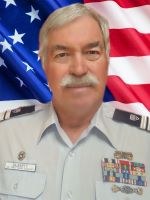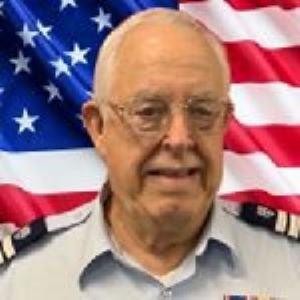Welcome to the Division 13, District 7 Web Site
Home Page
Welcome to District 7, Division 13

David J. Green John Gilbarty
Division Commander Division Vice Commander
Division 13, USCG District 7, is a Division of the United States Coast Guard Auxiliary and is comprised of volunteers encompassing all the Florida Keys. We invite you to join the Auxiliary and become part of Team Coast Guard.

Our duty as Auxiliarists is more than recreational boating safety; we serve alongside our active-duty shipmates serving as communications watchstanders, commercial fishing and uninspected passenger vessel inspectors, verifying Aids to Navigation, training resources for air and sea operations, numerous duties related to environmental protection pollution response and homeland security. In fact, there are nearly two dozen "qualifications" open to Auxiliarists willing to put in the time and training. Collectively, Auxiliarists volunteer over 4.5 million hours per year and complete nearly 500,000 missions – a true force multiplier for the Coast Guard in both the Gulf of America and the Atlantic Ocean and are an integral part of Homeland Security.
Auxiliarists promote boating safety by teaching boating safety classes, conducting vessel safety checks and teaching the public boating safety and seamanship/navigation as well as many other public activities.
To learn more about "America's Volunteer Lifesavers" please visit us at this website or in person at our local meetings.
Semper Paratus,
David J. GreenDivision 13 Commander
Should you wish to be a Volunteer and Give Back to America please contact us:
[email protected]
Claude Bullock, Division Commander